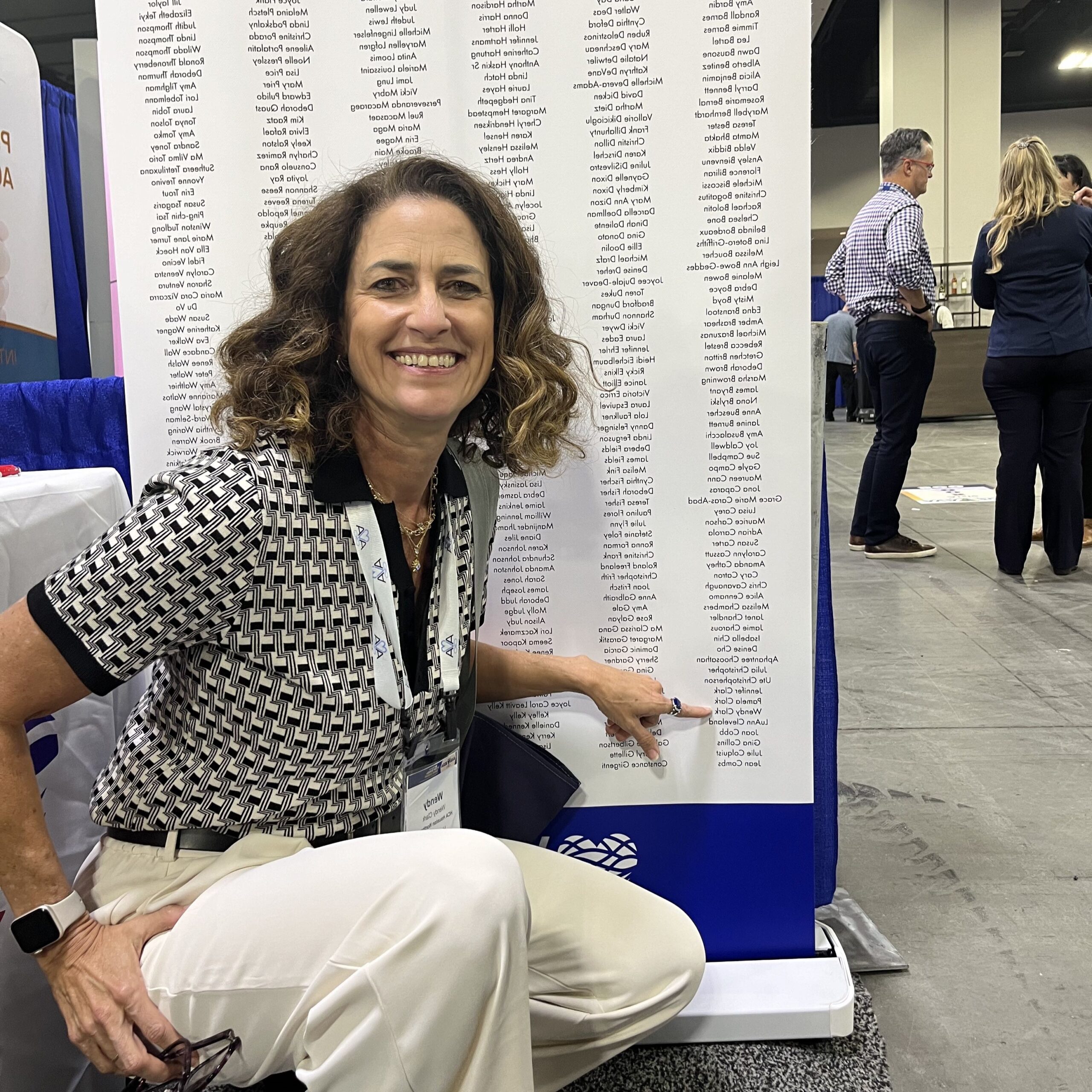 Registered respiratory therapists (RRTs) have been breaking onto the vascular access scene in recent years, but for Vicente Lopez, RRT, VA-BC™, it’s been part of his job for nearly two decades.
Registered respiratory therapists (RRTs) have been breaking onto the vascular access scene in recent years, but for Vicente Lopez, RRT, VA-BC™, it’s been part of his job for nearly two decades.
“I was doing PICC lines before we had ultrasound guidance. I was kind of old school for PICCs,” he laughed.
Looking for adventure—and adrenaline
When the vascular access team at Lopez’s hospital expanded, the nurse in charge looked to Lopez and his respiratory colleagues who worked in the operating room at the time. The respiratory therapists, Lopez said, already had the base knowledge needed to succeed in vascular access from their line of work, like sterile technique, gowning, and gloving.
“At the time, it was such a small hospital that everybody that worked here knew the respiratory therapists, their capabilities and what their training was. There was a lot of trust in us to do the right thing.”
Even with previous experience, Lopez noted that there was a learning curve. Deciding the right device and maintaining a high level of patient care, all while handling most vascular access in the facility, gave him a welcome challenge.
“You kind of have to be an adrenaline junkie to work here.”
An exchange of knowledge
Tavia Grant, RRT, VA-BC™, had a similar experience. She divides her time at work between the vascular access team and respiratory care in the ICU. When she was first approached for the chance to work with the vascular access team, she jumped at the chance to learn something new and expand her skills.
Even though she knew she had the drive to learn and the skills, she said the training came with a few nerves.
“It was a whole new ballgame. I catch onto things very easily, but in the back of my mind I was really nervous in the beginning because there are a lot of risks that come with central line placements. But the best way to learn is to do, and I got to do.”
Before Grant and her coworkers started, three nurses made up the team. These three became mentors for the respiratory therapists that joined. Not only did the nurses help the trainees learn, but they made them feel welcome in a position that is largely held by nurses.
“They knew so much about vascular access and were willing to be open to the change and share that knowledge. It was really important to them to put patients first,” she said. “Not everyone is open to change like that.”
“They knew so much about vascular access and were willing to be open to the change and share that knowledge. It was really important to them to put patients first.”
Now the team is made up of six nurses and four respiratory therapists. She notes that such a blended team allows the group to share their knowledge and skills with one another.
Leaders in the vascular access space
Grant and Lopez both said that their vascular access backgrounds allow them to be a resource for respiratory coworkers. Better yet, their skill in vascular access leads them to advocate for patients in the respiratory setting too.
“You have to have people skills [in vascular access],” Lopez said. “You have to be able to talk to some of the doctors and ask them ‘Can we do this instead?’ if you have the right answers. And the VA-BC™ has helped me have more of the right answers.”
Lopez and a colleague were the first on their team to become board certified in vascular access in July 2016. Soon after, the idea spread throughout the group. Now, the respiratory therapist-led vascular access team is almost 100% certified.
A perk of being VA-BC™ for Lopez is a chance to keep up to date in the vascular access world and continue learning. More importantly, though, it is a source of self-confidence.
“I have the VA-BC™ pin on my badge and there are people that see that and ask what it is,” he said. “And when there are some nurses that are traveling from other places, they’re coming from a place of ‘I didn’t know respiratory did this.’ The main [benefit] is the personal pride of having it and being able to explain what exactly it is.”
Grant said that gaining her credential in July 2019 gave her a confidence boost too, but it also signals her capabilities to patients.
“When a patient is nervous about a procedure, it’s a nice cherry on top. It helps put trust in your recommendations and your abilities.”



